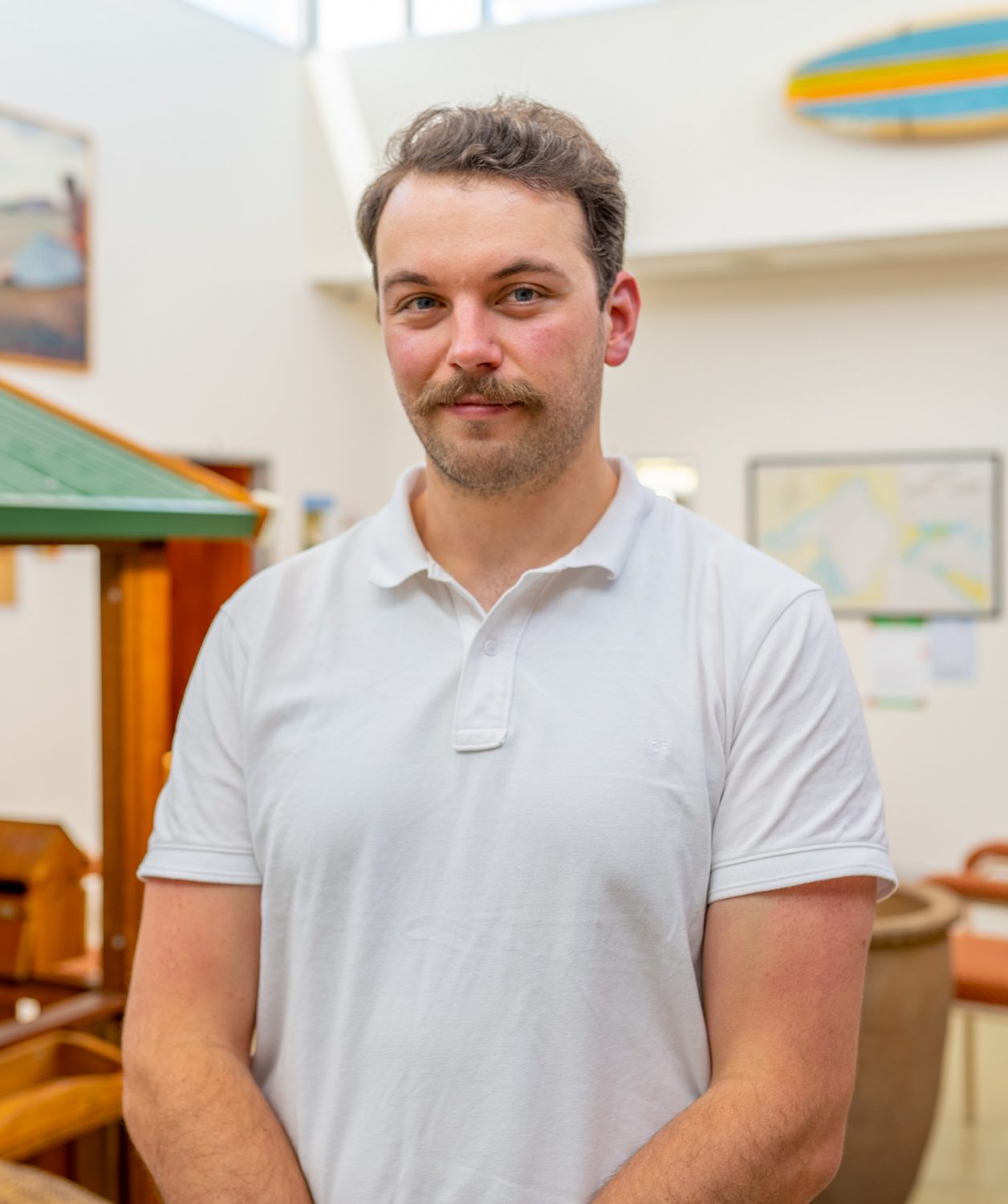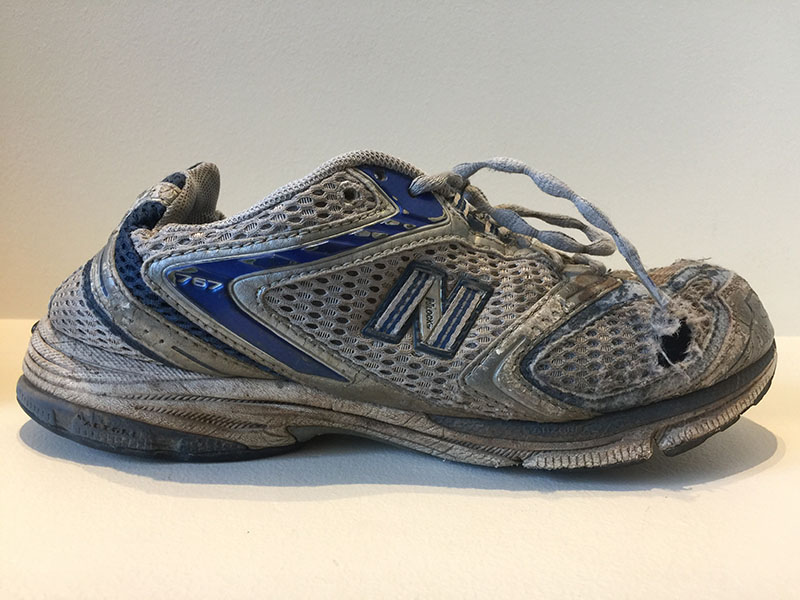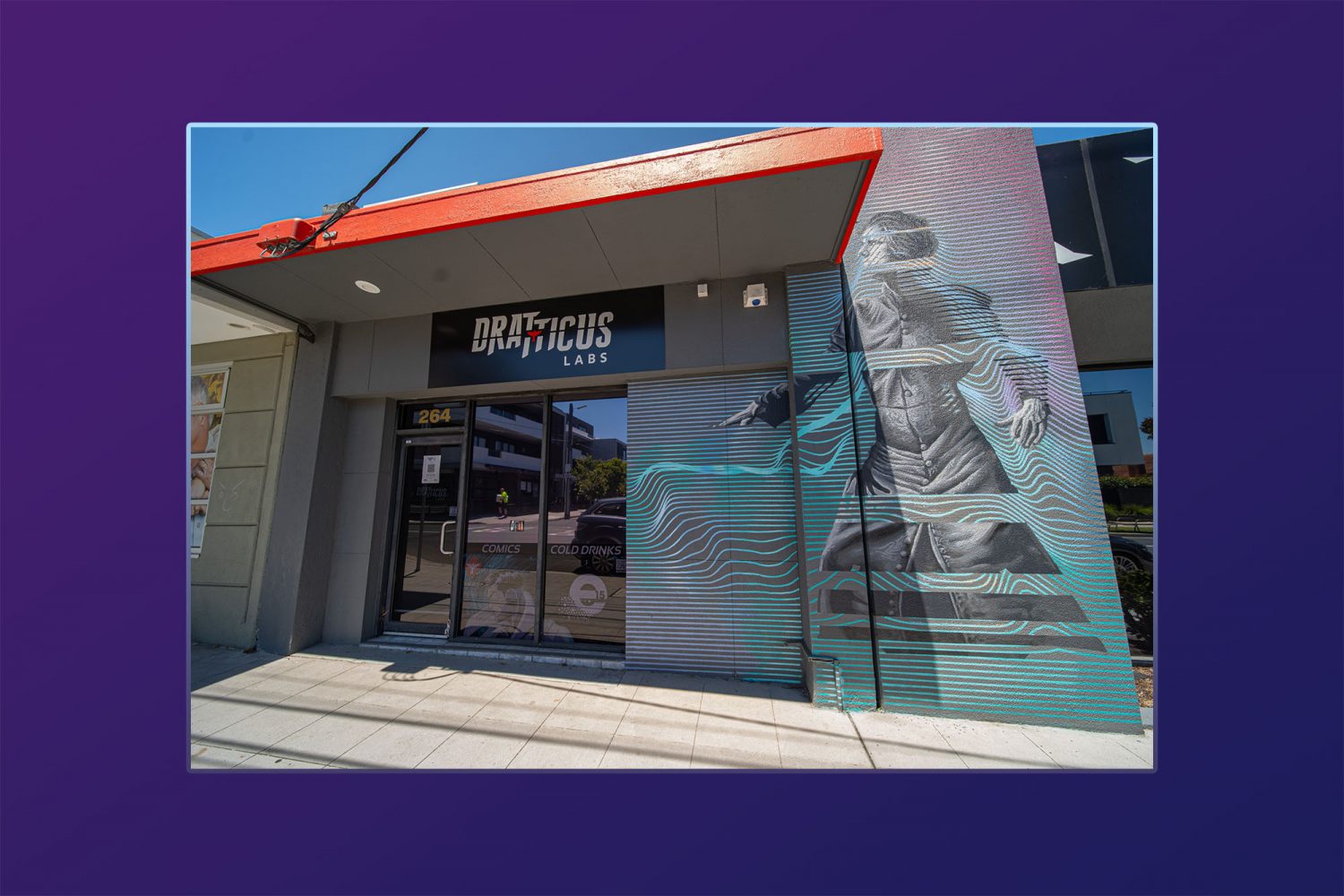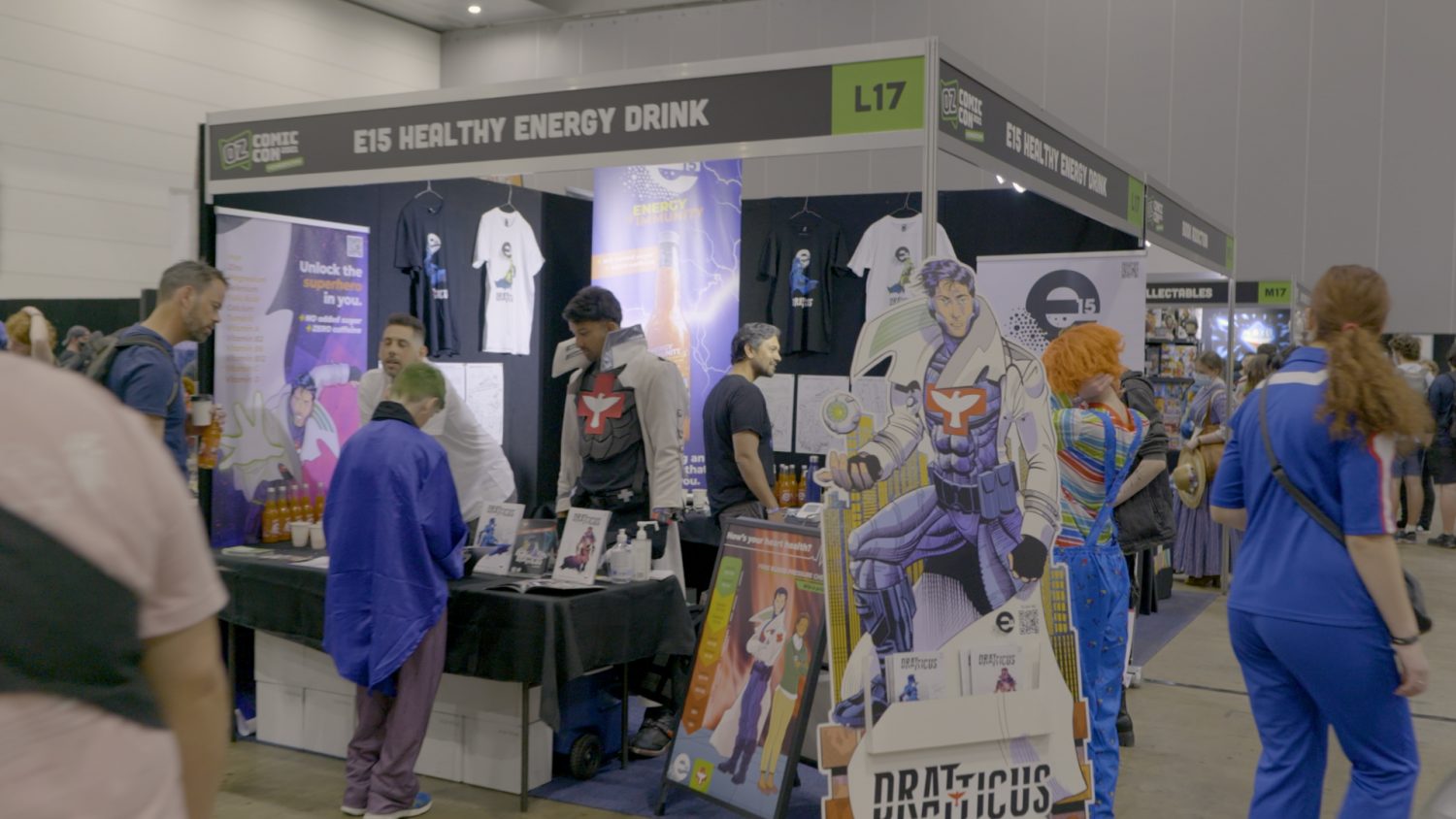Hello readers,
This is my first contribution to The River’s Mouth – an exciting moment.
‘Tis the season! The injury season that is.
Every year around this special time, we see a spike in injuries at our clinics. Research suggests that heel pain is the most common overuse injury for people over 30. In fact, nearly 10% of the population will experience limiting heel pain at some point in their lives. This is especially true for those of us who love to remain active.
With Christmas looming and stockings to stuff, let’s spend some time talking about athletic footwear. When running, we can put between 7-10 times our body weight through our feet! No wonder runners (or sneakers for our American friends) are a huge market space and account for over 14 billion USD of sales each year. With the sheer amount of information and products out there, it’s easy to become lost.

I have spent the last 9 years working as a podiatrist with a large focus in athletics. I am personally a keen runner and spent a time writing ‘footwear reviews’ for an online publication. During this time I can honestly say that I have spent more time talking about shoes than any single other topic (with the Mighty Hawks coming in at a close second).
The most common questions I get are how do we know what we need? What is important? How much do we need to spend? The answers to these questions are predictably, “it depends, depends and depends.”
Footwear ‘science’ is unfortunately slow and is always a slave to the market share that drives its direction. As soon as a new technology comes out it normally takes 2-3 years for the researchers to catch up and validate or refute any claims, by which time the manufacturers have already moved on to a new ‘next big thing’.
So, let’s ignore the sales pitch and market hype. Here are my 4 basic rules to follow to keep you all running happy and healthy into next year:
1. Change your shoes! We all hang on a lot longer than we should. Most runners should get you 750-800kms before they need replacing, they may look similar but if the sole has compressed by more than 20% it changes in viscoelastic properties, meaning that it doesn’t protect you from the ground.
2. Fitment is key. Everyone knows that shoe ‘length’ is important. Most of us forget about the width, depth or instep height. A shoe should fit from the first try, you shouldn’t have to ‘wear it in’. When you are trying on shoes in the shop, if it’s not a ‘Cinderella moment’ then do not buy it.
3. Lace it up. No matter how good your shoe is, if you don’t tie them up firmly to hold your foot, you have just wasted your money on fancy new runners.
4. Rest your…… shoes? Yep, you read correctly. When a shoe compresses to absorb those kilometres, the material heats and swells, changing its properties. EVA (the traditional material used to make runner soles) can take up to 24 hours to fully recover from your run. So those of us who run daily may be better off with a second set. This will not only allow the shoe to return to its pre-use quality but also means that your shoes will not wear out as quickly (the old rule is 1+1 makes 3).

Book an appointment online with David at your local Atticus Health Clinic and learn more about your foot health:
By David Lee – Podiatrist, Atticus Health.


